Adani and Reliance Double Down on Northeast India with $6 Billion Infrastructure and Green Energy Investments
India's northeastern region—often overlooked in the country’s industrial expansion—is fast becoming a new frontier for large-scale investments. In a significant development, two of India’s most influential conglomerates, Adani Group and Reliance Industries $RELIANCE.NS , announced plans on Friday to inject substantial capital into the area. The statements, made separately by Gautam Adani and Mukesh Ambani, underline a strategic pivot toward regional development and sustainable energy in one of India’s most resource-rich yet underdeveloped zones.
Adani Group plans to allocate a massive ₹500 billion (approximately $5.84 billion) over the next ten years, focusing on infrastructure development and green energy projects. Meanwhile, Reliance Industries reiterated its commitment to expanding its presence in the region, although specific figures were not disclosed during Friday’s statements.
Transforming Terrain: Infrastructure, Energy, and Opportunity
At an industry conference in New Delhi, Gautam Adani outlined a vision for building a new economic backbone in the Northeast. The proposed investment by the Adani Group will be spread across multiple verticals:
Transport Infrastructure: New highways and road networks aimed at improving connectivity within and beyond the region.
Hydropower Projects: Capitalizing on the Northeast’s hydrological potential to generate clean, renewable energy.
Pumped Storage Systems: Modernizing energy storage solutions to balance grid stability and renewables integration.
Logistics and Trade Hubs: Establishing gateways to boost cross-border trade with neighboring countries such as Bangladesh, Myanmar, and Bhutan.
This marks one of the largest commitments to the region by a private sector player in India’s recent history.
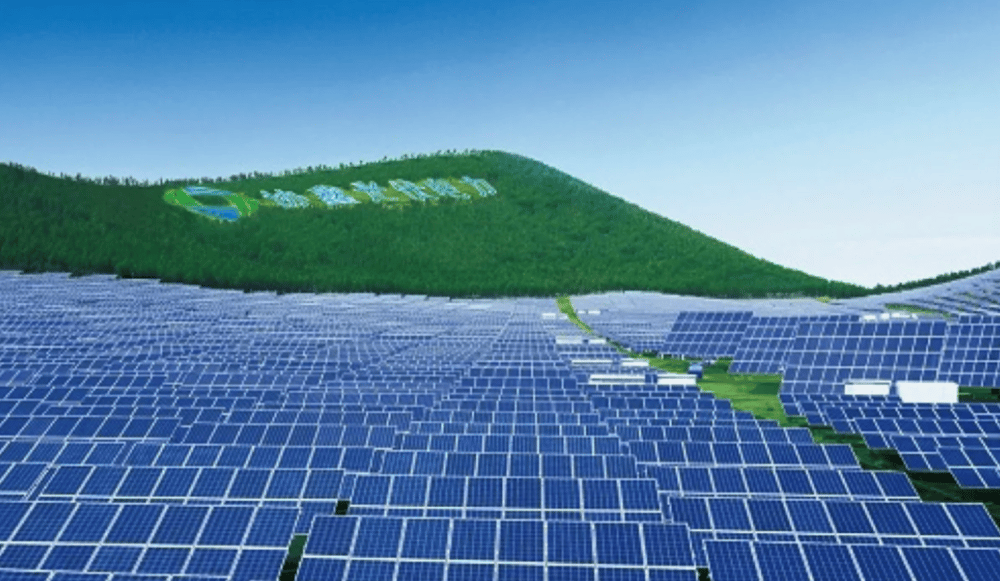
Strategic Motives Behind the Expansion
The interest shown by Adani and Ambani in the northeastern states is not coincidental. A combination of policy incentives, geographic advantage, and untapped potential has made the region a hotspot for forward-looking capital.
Driving Factors Shaping Investment Decisions:
Policy Tailwinds: The Indian government is actively promoting Northeast India as an industrial and logistics hub through tax incentives, special economic zones (SEZs), and improved regulatory frameworks.
Geostrategic Location: The region shares international borders with five countries, providing significant trade route leverage.
Sustainability Goals: India’s push toward energy transition makes hydropower and pumped storage systems increasingly attractive.
Population Demographics: A young, underutilized workforce offers a labor pool for future industrialization.
Resource Availability: The region is rich in natural resources such as water, coal, and biomass, all of which are critical for diversified energy production.
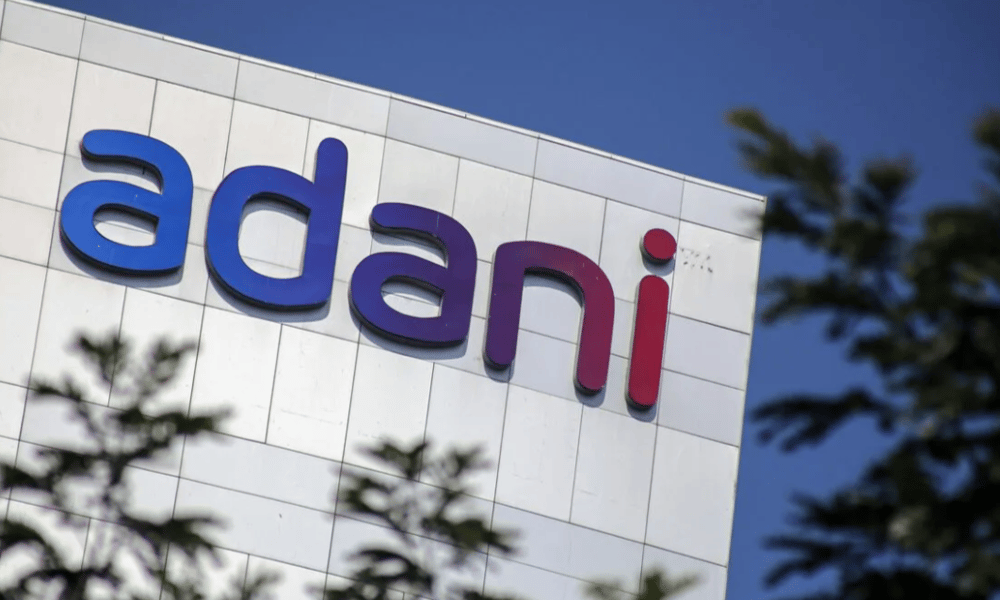
Beyond Capital: Long-Term Impacts on Regional Ecosystems
If implemented successfully, these projects could have a transformative effect on the region’s socio-economic landscape.
Job Creation: New infrastructure and energy projects are expected to generate thousands of direct and indirect employment opportunities.
Energy Security: The region could become a key contributor to India’s national renewable energy targets.
Urban Development: Improved transport infrastructure may spur urbanization and support the rise of tier-2 and tier-3 cities in the Northeast.
Local Entrepreneurship: Enhanced logistics and connectivity can foster micro, small, and medium-sized enterprises (MSMEs) by integrating them into national supply chains.
Shifting the Investment Paradigm
This initiative also signals a larger pattern emerging in India’s economic architecture: a rebalancing of investment flows away from saturated metros toward underpenetrated regions with high growth potential. For the country’s two most powerful industrialists to prioritize the Northeast underscores its growing relevance in India’s long-term development narrative.


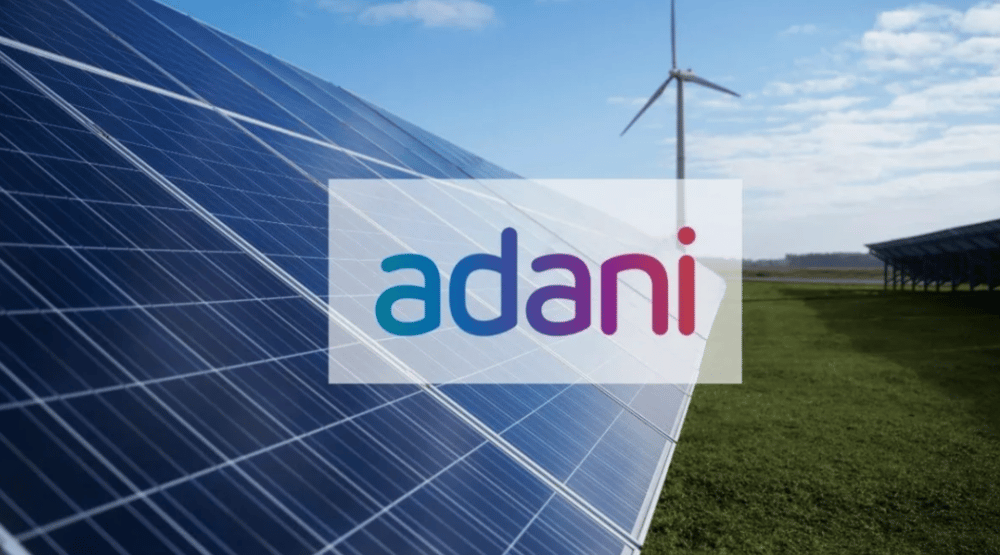

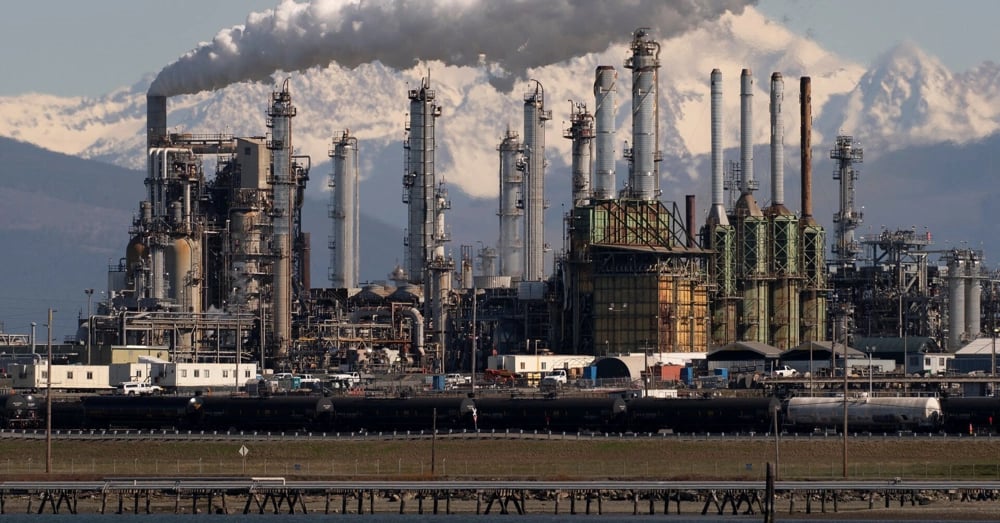




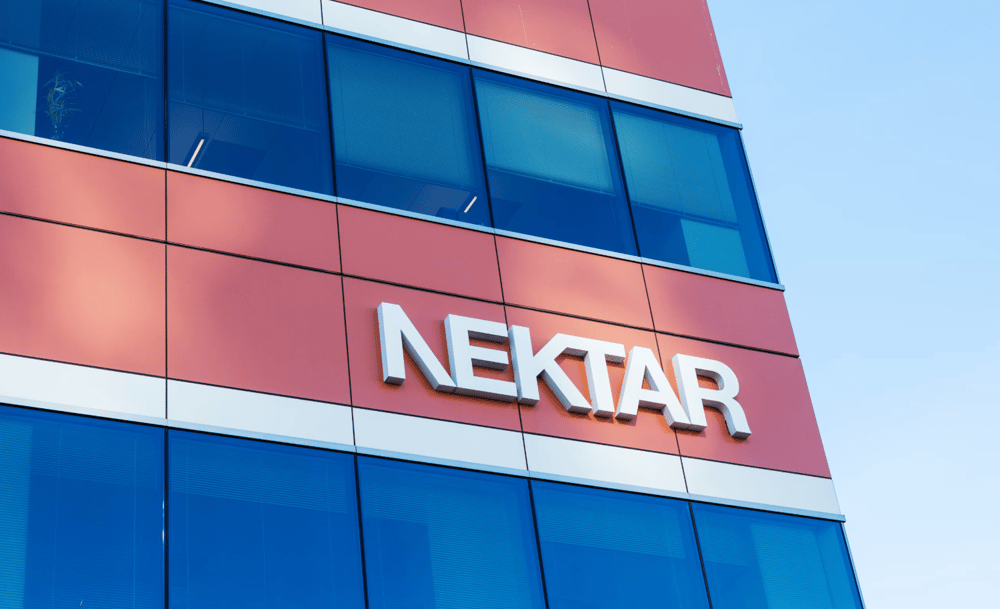



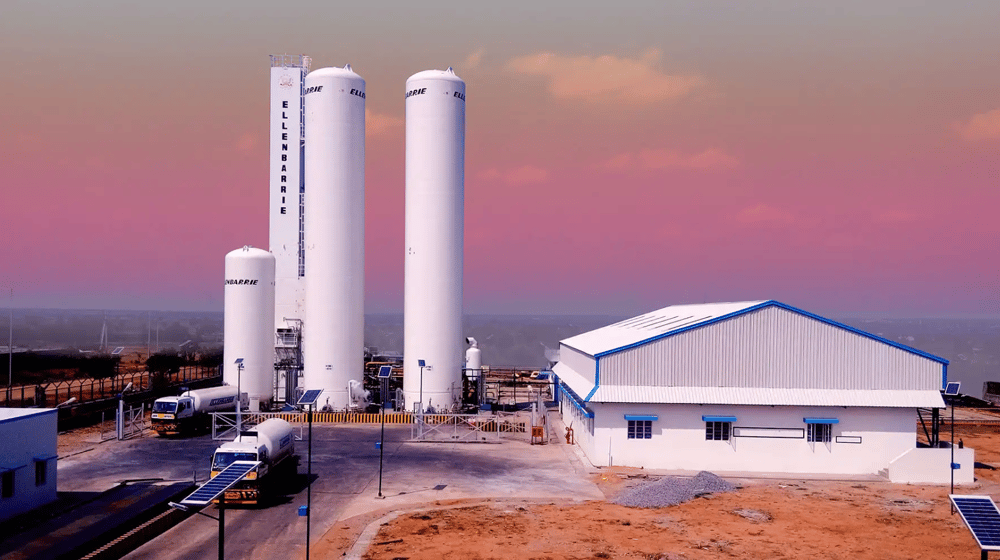

Comments
This could be a game changer, reshaping the future of automation in a tech landscape that evolves quickly.